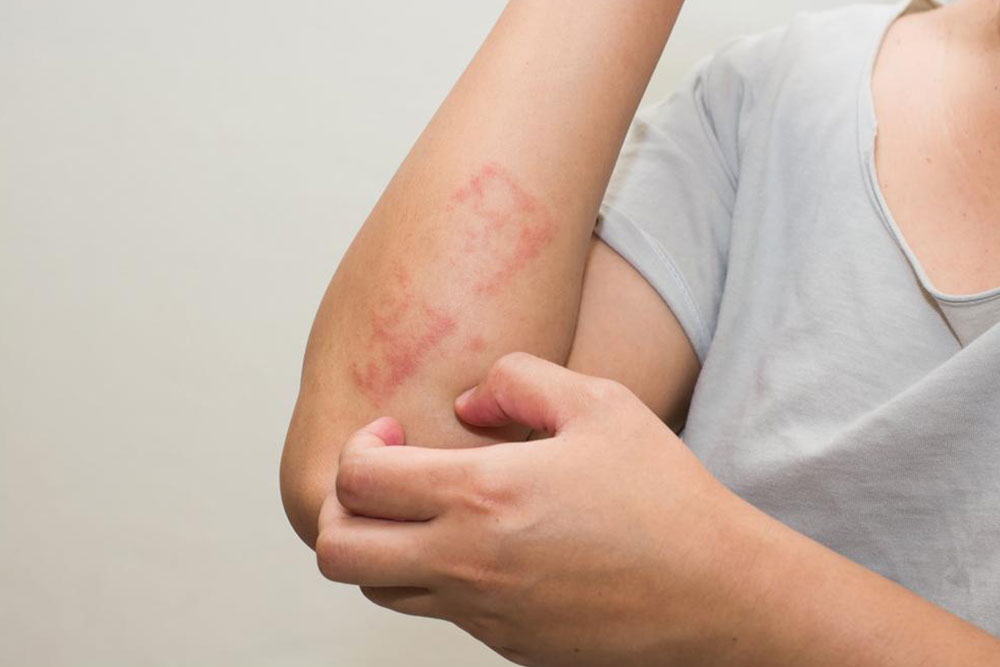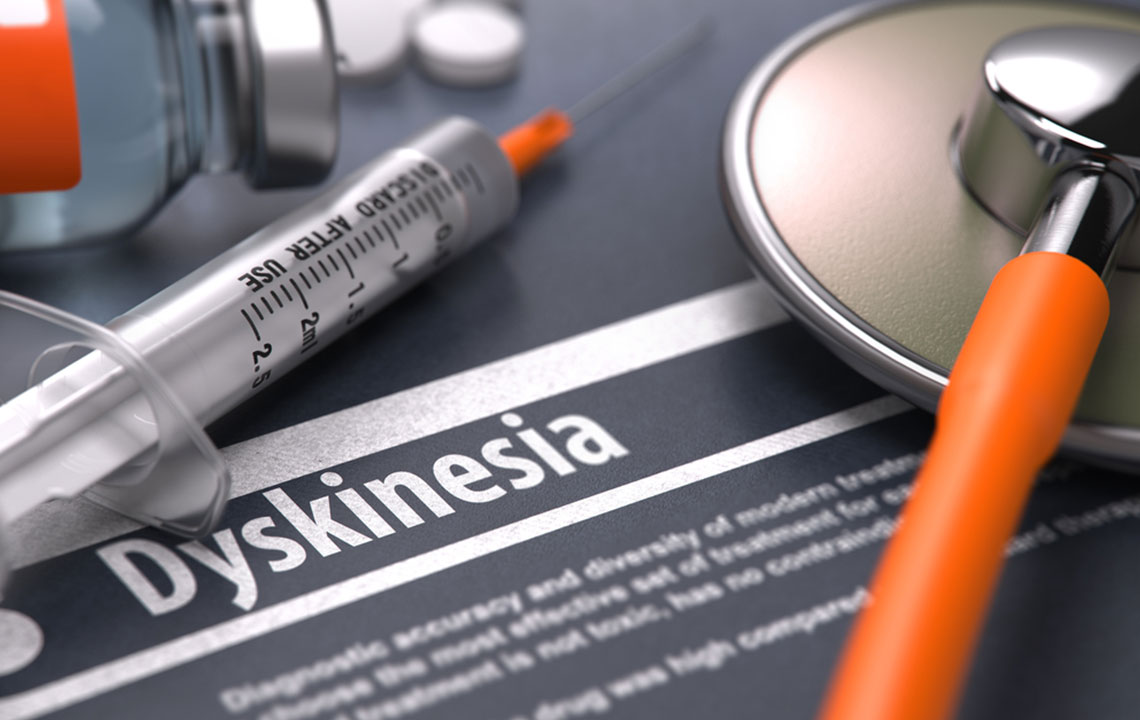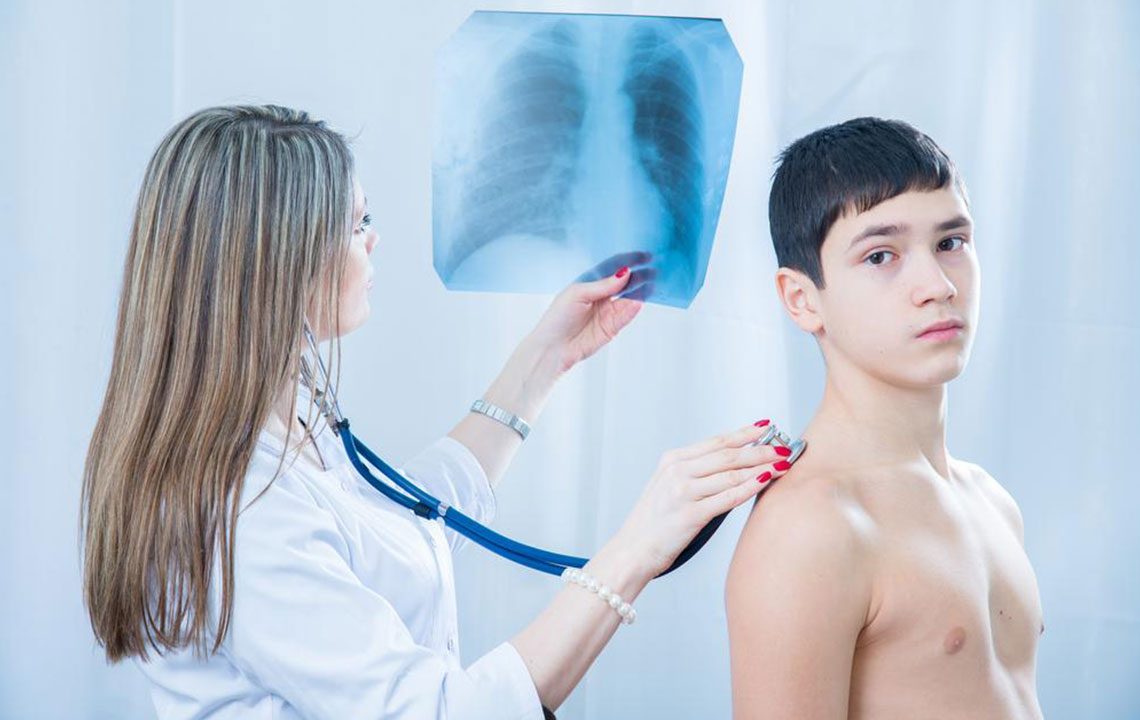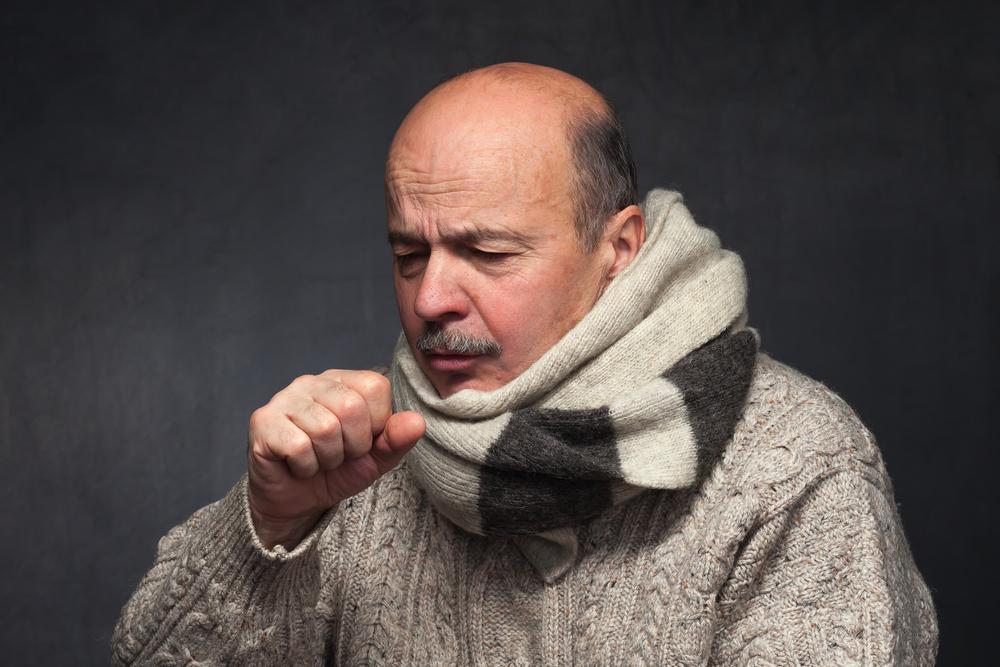Ultimate Guide to Recognizing and Understanding Scabies Skin Rash: Symptoms, Causes, and Prevention
This comprehensive guide explores scabies, a common and highly contagious skin condition caused by the Sarcoptes scabiei mite. It covers symptoms like the characteristic rash and burrows, how to recognize signs, modes of transmission, effective treatment options, and prevention strategies. Understanding these aspects helps in early diagnosis and effective management, preventing further spread in communities and healthcare settings. With detailed insights, this article aims to enhance awareness and education about scabies for patients, caregivers, and healthcare providers alike.

Comprehensive Overview of Scabies Skin Rash and Its Clinical Features
Scabies is a highly contagious skin condition caused by the microscopic mite Sarcoptes scabiei. This parasitic infestation results in intense itching and characteristic skin lesions, affecting people across all age groups, genders, and socioeconomic backgrounds. With over 300 million cases reported annually worldwide, scabies remains one of the most common dermatological ailments, particularly prevalent in crowded settings such as hospitals, nursing homes, refugee camps, and among homeless populations.
The Sarcoptes scabiei mite is tiny — measuring approximately 0.3 millimeters in length — making it invisible to the naked eye. However, its presence can be inferred from clinical symptoms and visual signs. The mite digs into the upper layer of the skin, creating burrows or tunnels which can sometimes be observed as thin, irregular lines under magnification. These burrows are classic signs of scabies and are often accompanied by a widespread rash. The itching caused by the mites is especially severe at night, leading to disturbed sleep and intense discomfort.
Understanding the distribution pattern and appearance of the skin rash helps in accurate diagnosis. In children, the rash commonly appears on the face, scalp, neck, palms, and soles of the feet. In contrast, adults tend to develop lesions in areas such as the web spaces between fingers, wrists, elbows, knees, armpits, and genital regions. The skin lesions are characterized by small, red bumps known as papules, which may contain blood crusts or serum. These bumps, sometimes mistaken for insect bites, are hallmark signs of scabies infection. Additionally, secondary bacterial infections due to persistent scratching are common, leading to further complications.
One of the distinctive features of scabies is the presence of burrows — thin, thread-like grooves on the skin surface. These burrows are typically brown, red, or gray in color and often appear in clusters. They represent the path traveled by the mites as they tunnel through the skin. Although the number of mites involved in an infection is relatively small—each person may carry 10-15 mites—the proliferation of skin lesions and intense itching can be quite prominent.
Diagnosing scabies involves recognizing these characteristic signs. Visual identification of burrows and papules, coupled with patient history and symptom pattern, usually suffices. In ambiguous cases, skin scrapings examined under a microscope can confirm the presence of mites, eggs, or mite feces. Proper diagnosis is essential to initiate effective treatment and prevent the spread to others.
Treatment of scabies typically involves topical scabicides such as permethrin cream or lindane lotion applied to all body parts for designated periods. Oral medications like ivermectin are also used in certain cases, especially in crusted scabies or extensive outbreaks. Additionally, environmental decontamination—including washing clothing, bedding, and towels—is crucial to eliminate mites and prevent reinfection. Despite treatment, patients often experience persistent itching for a few weeks even after successful eradication, owing to allergic reactions to mite debris.
Preventative measures are vital to control the spread of scabies. These include maintaining good personal hygiene, avoiding close contact with infected persons, and regular cleaning of shared environments. Education about transmission pathways and early recognition of symptoms can significantly reduce outbreaks. In communal settings such as hospitals or shelters, strict infection control protocols are essential to curb the propagation of this highly contagious disease.
In conclusion, scabies remains a widespread skin disease characterized by intense itchiness, distinctive burrows, and a rash that can affect any age group. Recognizing its signs early and understanding its transmission dynamics are key to effective management and prevention. If you or someone you know exhibits symptoms consistent with scabies, prompt consultation with a healthcare professional is recommended for accurate diagnosis and treatment to stop the cycle of infection.





